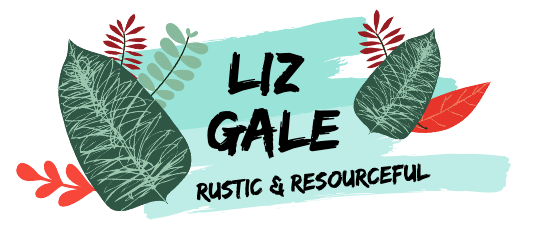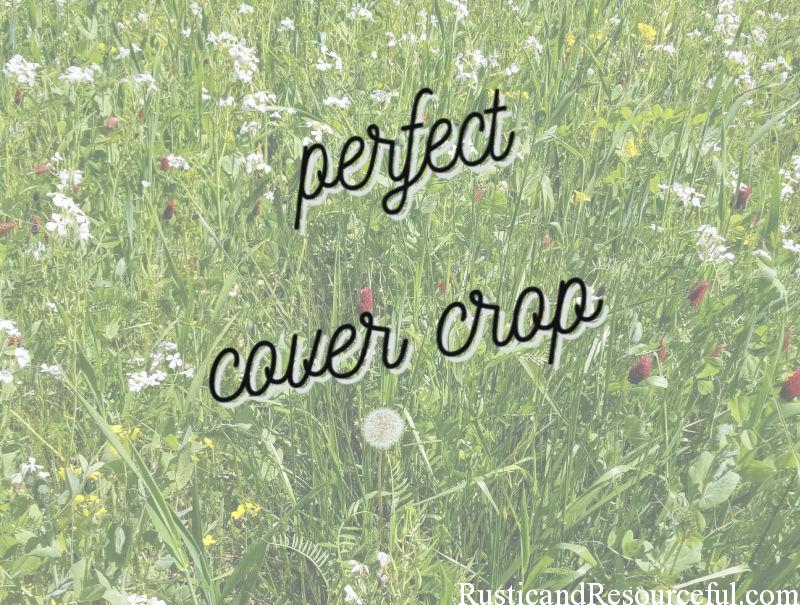Spring Cover Crop
We planted an amazing foraging cover-crop last spring. Not only did it improve the quality of our clay soil, it also brought TONS of bumble bees to our property.
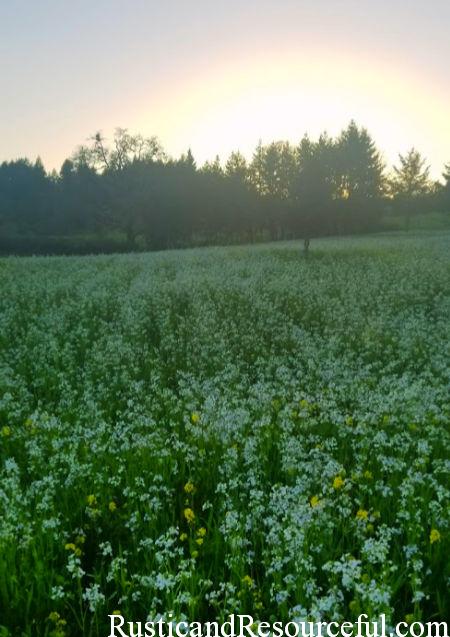
Benefits of Cover Crop
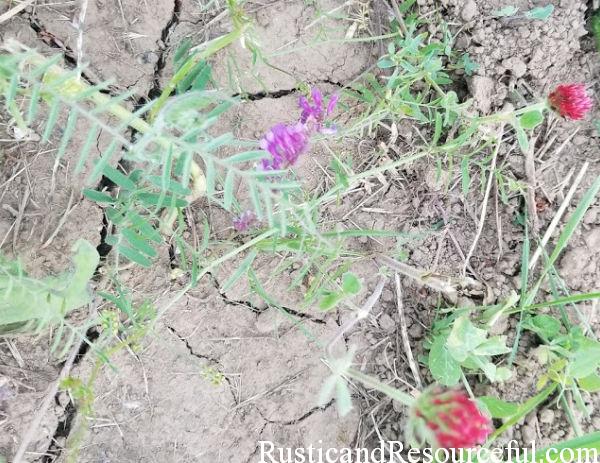
It keeps our soil from washing away in the rain.
Our pasture is on our clay slope, which means that during our rainy Oregon winter we could lose a lot of top soil. The rain washes away the organic matter, the worms and all the loose dirt and leaves the hard-packed clay behind. Cover crops help hold the dirt in place so it stays in place for the next growing season.
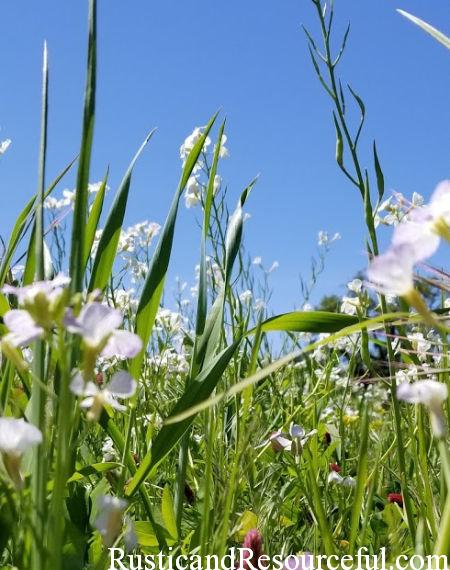
It stops water from evaporating.
Cover crop traps water under the soil. This is especially helpful on hot days when our clay soil starts to dehydrate and crack until there is literally no moisture left.
Cover crops are like skin for the soil. They cover it up and protect it from the elements. The thicker the skin, the less sensitive it is to the outside world. The thicker the cover crop, the more protected the earth under it will be.
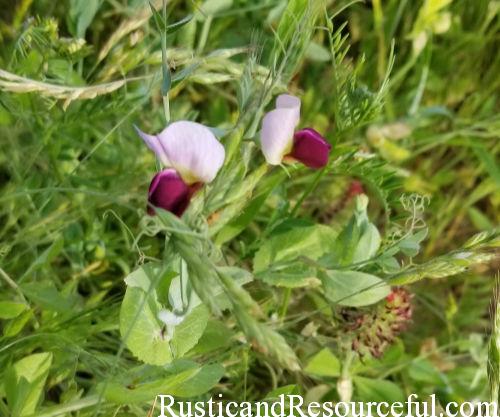
Cover crops add organic matter to soil.
In most places, we cut and tilled our cover crop into our field. Our clay soil needs as much organic matter as it can get! Decomposing plants helped break our harder soil up so roots could grow through it more easily.
Bees love flowering cover crops!
Our pasture was literally buzzing with excitement. There were thousands of bumble bees, honey bees, mason bees – and of course there were yellowjackets.
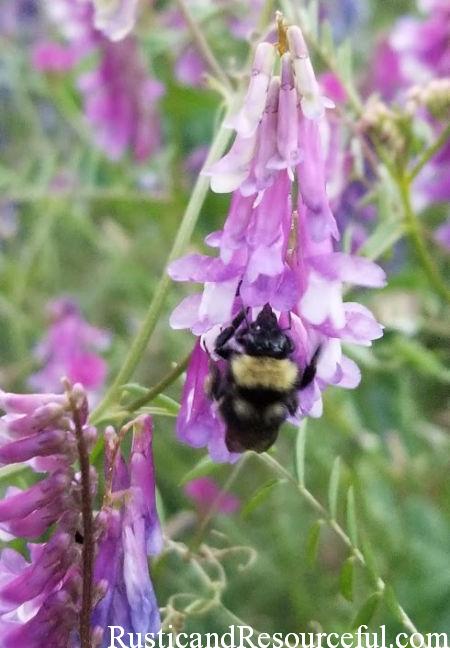
If you walked out into the middle of the field and sat quietly, you’d soon hear the buzzing all around you. So many insects busy at work in the spring sun!
In a time when bees are especially vulnerable, it felt nice to know I was providing a space where the bees felt welcome and happy. Maybe it’s silly to assume I know how they felt, but when I was in field surrounded by buzzing, it felt like a happy vibration.
Choose a blended cover crop.
If you’re like me, you want to bring life to your land. Different cover crops bring in different creatures and different nutrients to the soil as they break down. Having a variety of plants was a key requirement in our cover crop decision.
I ultimately chose a foraging crop because I wanted my chickens to benefit from the planting as well. I knew if my chickens would eat the legumes and greens, I’d save money on chicken feed all summer.
As long as the cover crop doesn’t smother the plants around it, or block the sun, they’ll do a lot of good!
Where do you get your cover crop?
After pricing around, I found that Amazon could get me the best price and free shipping on my cover crop!
This blend is available in 50lb bags for bulk, and 5lb for smaller areas. I would keep this blend on hand for raised garden beds too!
The blend includes:
- 23% Austrian Field Pea
- 21% Winter Wheat
- 19% Triticale
- 8% Collards Forage
- 8% Hairy Vetch
- 8% Driller Daikon Radish
- 3% Crimson Clover
- 3% Bersom Clover
- 2% Yellow Mustard
